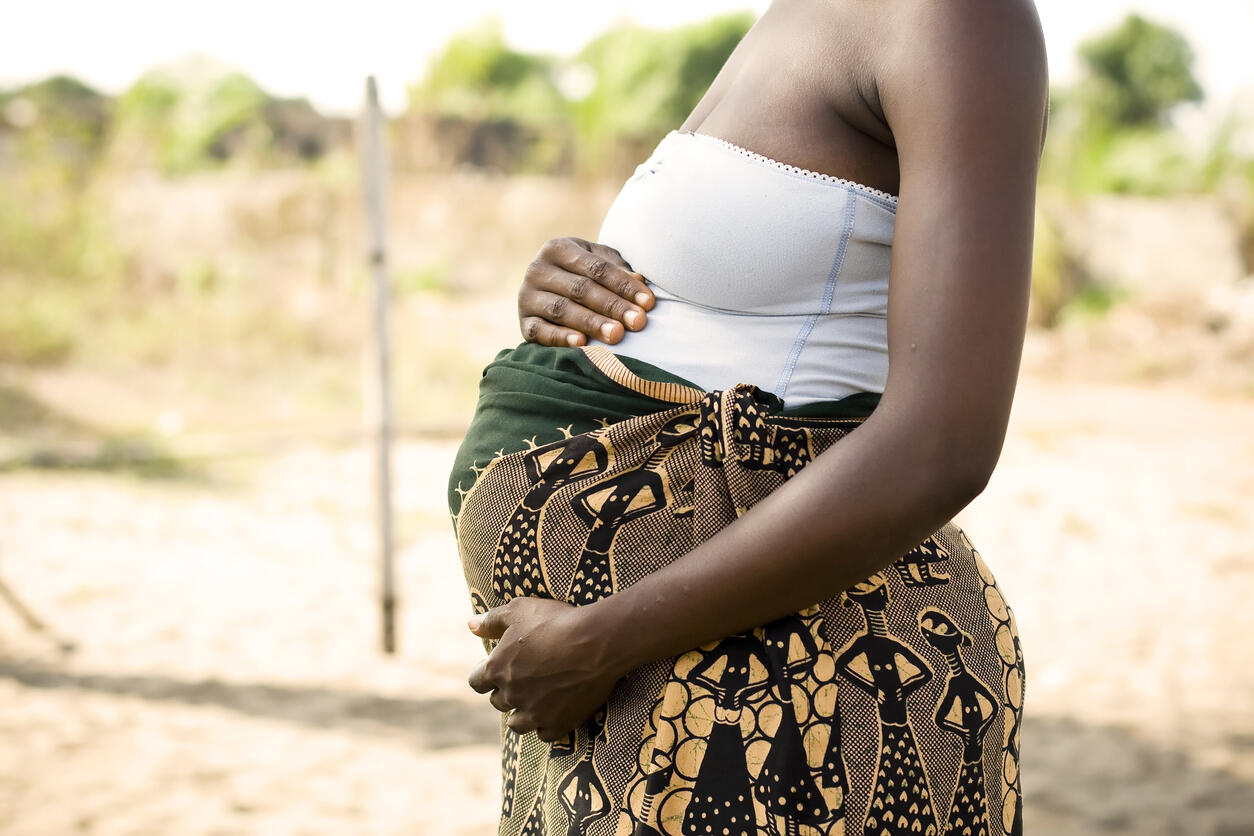
A demographic study by LSTM researchers in collaboration with researchers from the Malaria Atlas Project (MAP), estimating numbers of pregnancies threatened by malaria has been published in The Lancet Global Health. The paper updates findings from a study published in 2010 and reflects strides made in malaria control, alongside a shrinking malaria map, particularly in Asia and South America. Overall, the number of pregnancies at risk of P. falciparum and P. vivax malaria has reduced by 29% between 2007 and 2020. However, in 2020, just under half of global pregnancies are at risk of malaria, with an estimated 121.9 million.
The findings also highlight that in Africa the number of pregnancies at risk of malaria has increased by 25% in this period, despite some success in malaria control, as the overall number of pregnancies has increased by 28% in this region. The study found that there are fewer pregnancies at risk of malaria in areas of medium to high P. falciparum transmission and more in areas with lower transmission, translating into fewer infections. The paper also highlights the need for better data on the risk of vivax malaria in Africa, as sensitivity analysis suggests this could currently be vastly underestimated.
Stephanie Dellicour, Principal Research Associate at LSTM, and one of the study authors, said: “The study provides important information for funders and programme managers as it highlights the impact of rising population and the corresponding number of pregnancies occurring in malaria transmission areas along with the changing endemicity patterns. This should support better planning and targeting of resources for the prevention and control of malaria in pregnancy, globally.”
Prof Feiko ter Kuile, Professor of Clinical Tropical Medicine at LSTM and also a study author, said: “This paper shows that for Africa the risk of malaria to individual women has reduced as more pregnancies occur in areas with low to moderate transmission which is great news. On the other hand, the bad news is that more women are at risk because of rapid population growth on the continent”.
Valentina Reddy, Daniel J Weiss, Jennifer Rozier, Feiko O ter Kuile, Stephanie Dellicour,
Global estimates of the number of pregnancies at risk of malaria from 2007 to 2020: a demographic study,
The Lancet Global Health, Volume 11, Issue 1, 2023, Pages e40-e47,
ISSN 2214-109X, https://doi.org/10.1016/S2214-109X(22)00431-4.